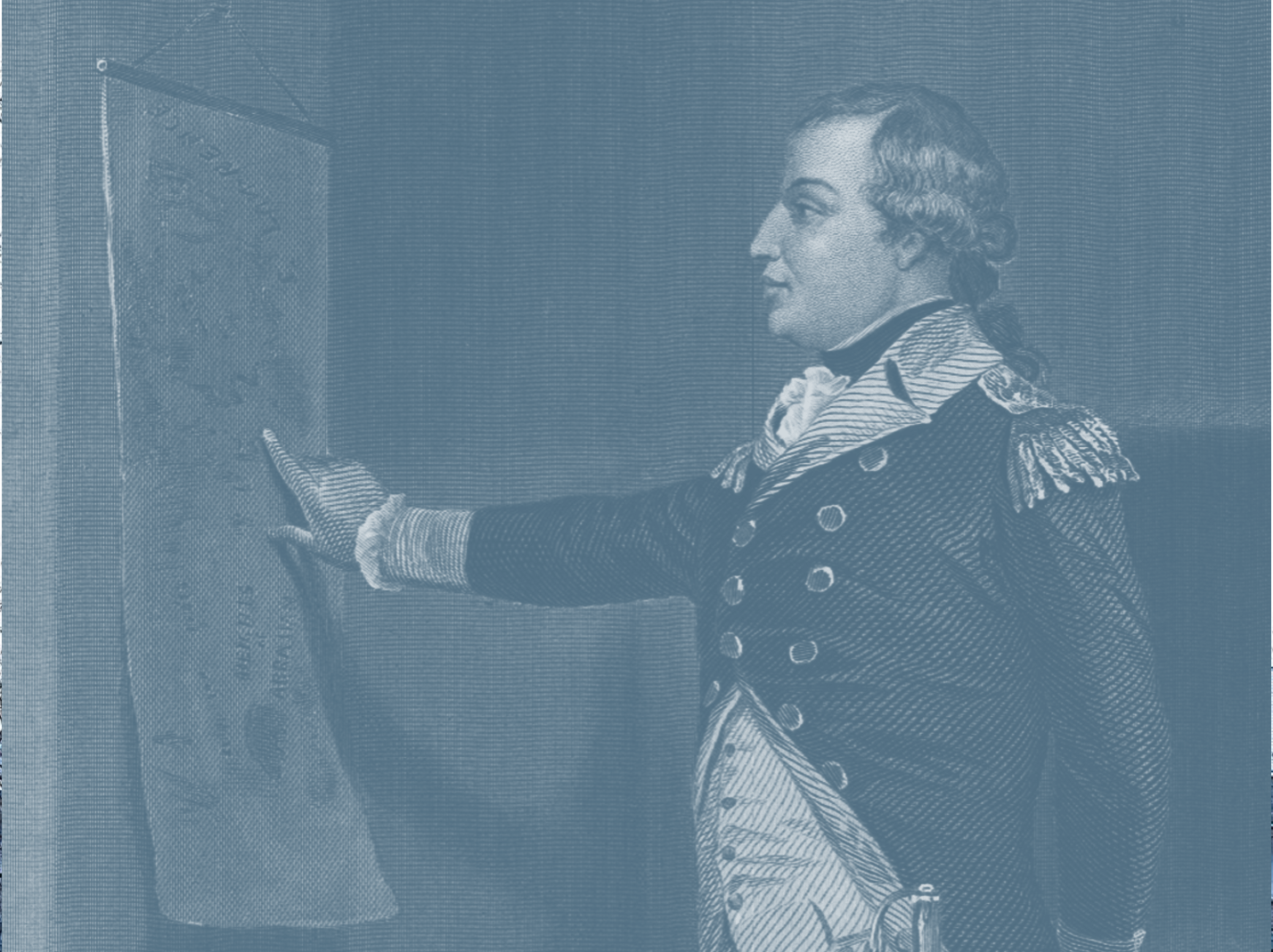
On November 13, 1775, Brigadier General Richard Montgomery led the victorious American army into the city of Montreal. He had laid the military foundation for the state of Canada to join the Union, and went off with his army toward Quebec City to finish the campaign, which did not go as planned. The Battle of Quebec would be a disastrous defeat, Montgomery would be killed, and by June 1776, the American army would retreat from Montreal, never to return. So too would the dream of the state of Canada, early and joyfully joined to its brethren from New Hampshire to Georgia.
But “joy” and “brethren” never really were in the cards. There were perhaps 90,000 people in Canada in 1775, and most of them were Canadiens, French farmers straggling along the St. Lawrence river valley, and fur traders shuttling to and from Montreal to the vast inland waterways of the continent. They had been subjects of the French empire until Britain conquered Canada in 1760, and they had no love of Les Anglais. They feared the British army, and they feared the American rabble in arms that had poured northward across the border. A few joined the American forces—although the most enthusiastically pro-American Canadians were recent immigrants from New England, not Canadiens. Some—a crucial number—joined the pro-British militia.
Mostly, the Canadiens hunkered down during the American invasion and gave it no support. The American army, in consequence, seized food and supplies, took guns from a native population it did not trust, and managed to complete the alienation of the bulk of the indigenes. The glorious cause of liberty found no purchase even 200 miles from Albany.
[RELATED: Freedom as a Gambit]
The Americans, for a moment, looked as if they might conquer by sheer numbers. The American army that took Montreal was perhaps 1,700 men, and the total population of Montreal was perhaps 12,000. Another 1,100 men were marching under Benedict Arnold from Maine to Quebec City. If British reinforcements did not arrive, that might be enough to hold for America a new-caught, sullen people, moitié diable et enfant.
But the American army melted away. Many soldiers had enlisted for only a few months; despite their officers’ entreaties, they ambled back to their farms in New England and New York. Others caught smallpox and died—they were among the first victims of the great North American smallpox epidemic that raged throughout the Revolution. The American army that would fail to capture Quebec in the December snows already had been weakened by disease, hollowed out by the American soldier’s unwillingness to leave his farm for more than a glorious escapade. America’s squandering of its evanescent victory at Montreal was partly the result of the Canadiens’ unwillingness to be Americans, partly the result of British tenacity, and partly the result of Americans’ character—ebullient, but not necessarily fitted for enduring conquests abroad.
We fought best in defense of our own liberty. So, too, in their quieter way, did the Canadiens.
Canadians still aren’t fond of overweening Americans; hence the improbable recent election victory of the liberals, whose many failures in office had seemed sure to doom them to the political wilderness. And MAGA principles may not be exportable; at any rate, Americans may not be suited to establish MAGA proconsulships among our vassals of the West. It would be pleasant if we acquired new friends—a Farage government in the United Kingdom, a Le Pen government in France. But we may be surer of acquiring them if they fight their own battles and win their own victories.
In any case, the battle for liberty at home is still a work in progress. What is most important is that we keep up the fight at home and do not go back to our farms too soon. We may hope for better times than our forefathers. History rhymes rather than repeats. Still, we may yet face a hard winter at our own Valley Forge.
When the promise of easy conquests disappears, we must be prepared to endure against adversity.
Follow David Randall on X, and for more articles on the American Revolution, see our series here.
Art by Beck & Stone